Inconel 625 | AISI 625 | Alloy 625 | EN 2.4856 | DIN NiCr22Mo9Nb is a nickel-based superalloy with high strength properties and resistance to elevated temperatures. It also demonstrates excellent protection against corrosion and oxidation. It is part of the group of nickel-chromium alloys with the introduction of additives - niobium and molybdenum.
Such a complex structural chemical composition of this "grade of stainless steel" (Inconel 625 alloy) contributes to a significant increase in the strength of the metal, without the need for its thermal strengthening.
Alloy density = 8.44 g/cm³
Alloy 625 is used for its high strength and excellent corrosion resistance in aqueous environments as well as in high temperature oxidising and carburising environments. The high chromium and molybdenum content provides a high degree of resistance to pitting and crevice corrosion in chloride containing environments such as seawater, neutral salts and brine solutions. The alloy has a high resistance to chloride stress corrosion cracking due to the high nickel content. Alloy 625's strength is due to the matrix strengthening effect of molybdenum and niobium, meaning that strengthening heat treatment is not required. Alloy 625 retains excellent ductility and toughness at cryogenic temperatures. It also has excellent formability and is easy to weld.
A non-magnetic, corrosion and oxidation resistant nickel-base alloy. Its outstanding strength and toughness in the cryogenic to 1093°C temperature range are primarily due to the solid solution effect of the refractory metals columbium and molybdenum in the nickel-chromium matrix. The alloy has excellent fatigue strength and resistance to chloride stress corrosion cracking. It exhibits good acid resistance and good weldability.
Withstands many aggressive environments. No corrosion occurs in alkaline, salt, fresh water, neutral salts and in air. Nickel and chromium provide resistance to oxidizing environments. Nickel and molybdenum provide resistance to non-oxidizing environments. Pitting and crevice corrosion is prevented by molybdenum. Niobium stabilizes the alloy from sensitization during welding. Resistance to chloride stress corrosion cracking is excellent. The alloy is resistant to scale formation and oxidation at high temperatures.
It has unique resistance to operation in corrosive environments, especially in direct contact with acids. It is characterized by high resistance to gas corrosion damage at high temperatures.
EN 2.4856 is a hard alloy intended for use in a wide range of equipment, components and parts manufacturing. It is in demand and irreplaceable in modern oil and gas, chemical, aircraft, shipbuilding, instrument making, and in the creation of reactor parts in the nuclear industry. The main unique characteristic of this grade is fatigue strength under the influence of cyclic temperature changes reaching 650 °C.
Corrosion resistance
The best corrosion resistance is observed only when the material is provided for use in a clean state with a metallic luster. The alloy exhibits extreme corrosion resistance against a large number of environments:
- high resistance to intercrystalline corrosion after annealing and welding;
- high resistance to corrosion from mineral acids such as nitric, phosphoric, sulphuric and hydrochloric;
- resistance to high concentrations of alkalis and organic acids;
- resistance in oxidizing and reducing conditions;
- resistance to erosion corrosion;
- excellent resistance to pitting and crevice corrosion in chloride-containing environments;
- excellent resistance to chloride-induced stress corrosion cracking;
- very good resistance in sea and brackish water, also at elevated temperatures.
In the variant with increased carbon content, the alloy is resistant to many corrosive gas atmospheres. Thus, it has:
- good resistance to carburization and scale formation under static and variable conditions, suitable for use in air up to 1093 °C;
- resistance to nitriding;
- good resistance to halogens and hydrogen chloride.
Welding
The metal of this alloy can be welded by all traditional welding methods: welding with non-consumable, consumable electrode, heated electrode, plasma, active gas, flux and electric arc welding. When welding, it is recommended to use appropriate fillers.
Features and benefits
- good resistance to mineral acids such as nitric, phosphoric, sulphuric and hydrochloric acid;
- good resistance to alkalis and organic acids;
- good mechanical properties;
- extreme resistance to pitting, crevice, erosion and intergranular corrosion;
- insensitivity to chloride-induced tensile corrosion cracking.
Chemical composition of the alloy Inconel 625 | AISI 625 | Alloy 625 | EN 2.4856 | DIN NiCr22Mo9Nb | |||||||||||||
| C | Si | Mn | P | S | Cr | Mo | Ni | Ti | Cu | Al | Co | Nb | Fe |
| <0,10 | <0,50 | <0,50 | <0,02 | <0,015 | 20,0-23,0 | 8,0-10,0 | <58,0 | <0,40 | <0,50 | <0,40 | <1,00 | 3,15-4,15 | Other |
Application
- heat shields;
- furnace equipment;
- gas turbine engine ducts;
- combustion liners and sprayers;
- chemical plant equipment;
- special seawater applications;
- chemical processing plants;
- oil and gas industry (including offshore platforms);
- power plants (fossil fuel and nuclear);
- aerospace industry (gas turbine engines);
- marine industry (shipbuilding, offshore structures);
- petrochemical industry (refineries and petrochemical plants);
- pharmaceutical industry.
- food processing;
- heat exchangers;
- boiler systems;
- reactor vessels;
- turbine components;
- exhaust systems;
- wellhead equipment;
- piping systems;
- manifolds;
- valves and pumps;
- combustion chambers;
- seawater treatment systems;
- oil refining equipment.
Alloys containing less than 50% iron and having even better properties in terms of corrosion resistance, acid resistance and heat resistance are not considered steels.

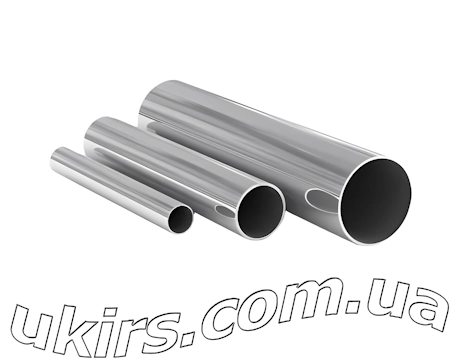 Stainless Steel Round Pipe
Stainless Steel Round Pipe 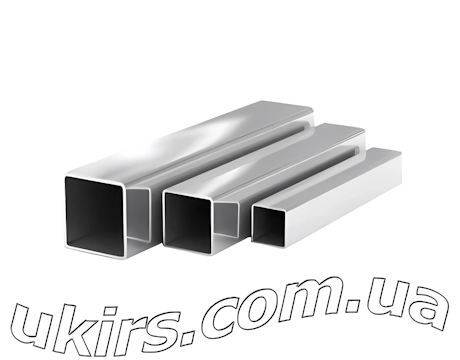 Stainless Steel Square Pipe
Stainless Steel Square Pipe 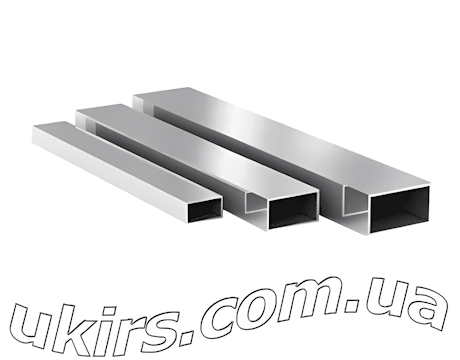 Stainless Steel Rectangular Pipe
Stainless Steel Rectangular Pipe 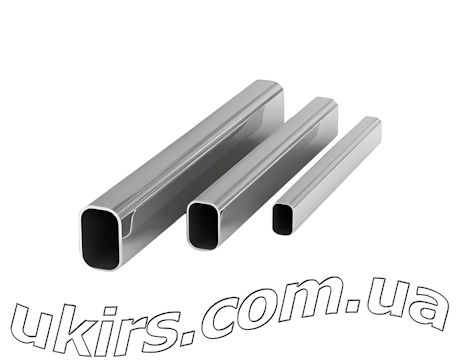 Stainless Steel Oval Pipe
Stainless Steel Oval Pipe 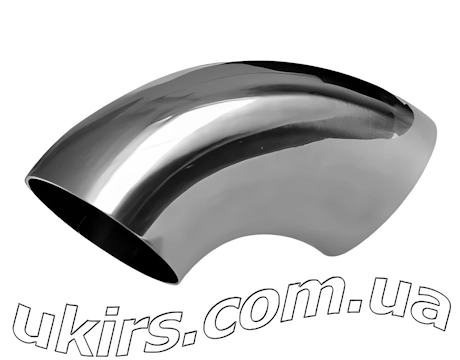 Stainless Steel Elbow
Stainless Steel Elbow 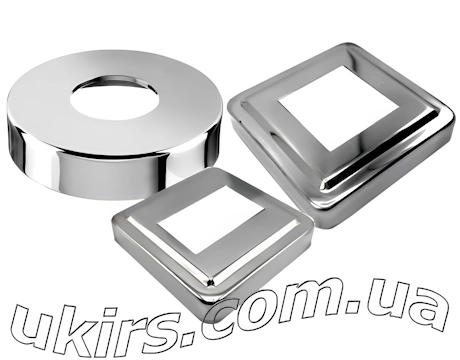 Stainless Steel Decorative Cover
Stainless Steel Decorative Cover 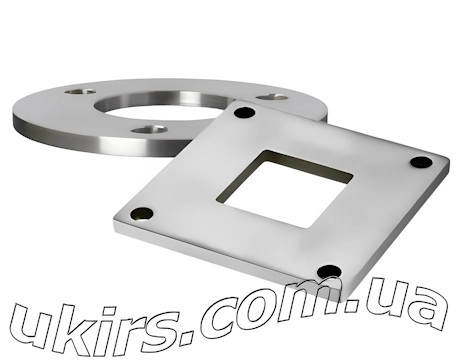 Stainless Steel Flange
Stainless Steel Flange 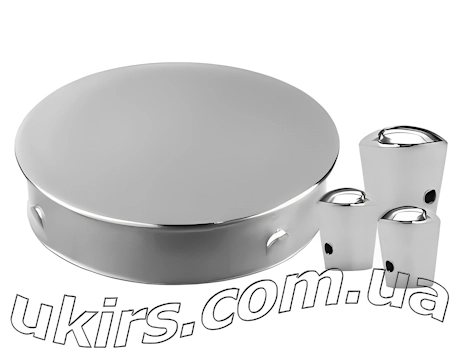 Stainless Steel Plug / Cap
Stainless Steel Plug / Cap 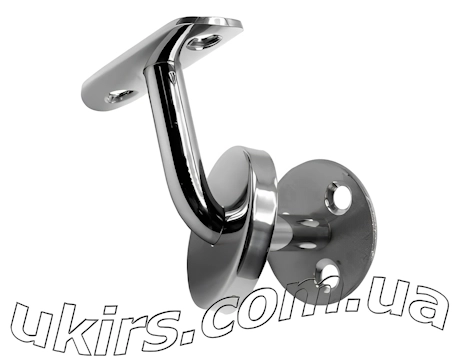 Stainless Steel Handrail Holder
Stainless Steel Handrail Holder